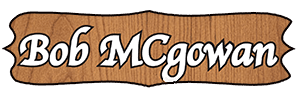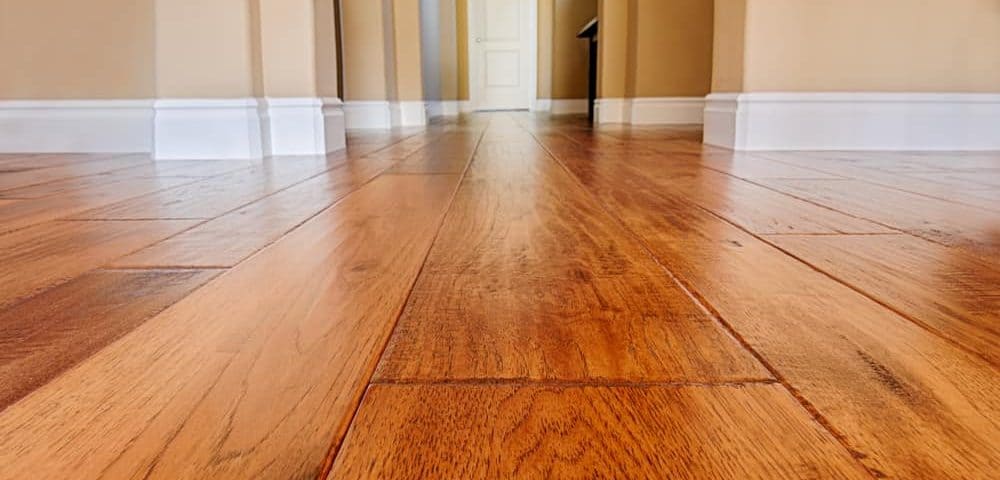- Have any flooring questions?
- 631-673-1050
- [email protected]
How Can Minor Scratches and Scuffs on Hardwood Floors Be Effectively Repaired by Homeowners?

How Do You Prevent Moisture Damage in Hardwood Floors?
July 3, 2025
What are the best methods for cleaning and maintaining hardwood floors to preserve their finish?
July 17, 2025Summary:
Identifying the Type of Damage You Can Repair
Before beginning any repair, it is important to determine if you are dealing with a surface scratch or a deeper gouge that may require professional help. A simple way to check is by running your fingernail lightly across the mark. If your nail glides over it without catching, you are likely looking at a superficial scratch in the floor’s finish. These typically appear as thin, light-colored lines. These types of scratches are the best candidates for a do-it-yourself repair, as they have not penetrated the protective topcoat and reached the wood beneath. If your fingernail does catch in the groove, the damage is deeper and may require more involved repair techniques.
Using the Water Test to Assess Scratch Depth
A reliable method for confirming a scratch’s depth is the water test. Apply a single drop of water directly onto the scratch. If the mark seems to vanish or become significantly less noticeable while wet, you have confirmed the damage is confined to the polyurethane finish layer. The water temporarily fills the scratch in the clear coat, showing you how a proper repair might look. Because the wood itself is unharmed, a simple finish repair is all that is needed. Conversely, if the water has no effect on the scratch’s appearance, the damage has likely penetrated through the finish and into the wood fibers, which calls for a different approach. For homeowners on Long Island, where many houses feature hardwood floors with years of history, this test helps you choose the right repair without causing unintended new issues.
When to Pause and Contact a Professional
Certain types of damage may appear minor but indicate a larger issue. For instance, if you find numerous deep scratches clustered in a high-traffic area, it could mean that your floor’s protective finish is wearing thin across the entire surface. Scratches that are white or gray often reveal the raw, unprotected wood underneath; these are beyond a simple DIY fix. Attempting to fill these can result in a mismatched patch that looks worse than the original scratch. Also, look for signs of water damage, such as discoloration, soft spots, or warping around the scratch. Long Island’s fluctuating humidity can turn a small opening in the finish into a pathway for moisture, potentially leading to bigger problems. If the damaged area is larger than a few square inches or you feel the repair is too elaborate, obtaining a professional opinion is a wise step.
Proven Methods for Repairing Surface Scratches
For scratches that are only on the surface, several repair methods can produce excellent results. The correct choice depends on the severity of the scratch and the type of finish on your hardwood floors. For nearly all floors with a polyurethane topcoat, it is best to begin with the most gentle method first. You can always move to a more substantial technique if the initial attempt does not work. This strategy helps you avoid over-correcting the problem, which can create a shiny or discolored spot that stands out against the rest of the flooring. The goal is to blend the repair so it becomes unnoticeable.
The Walnut Method for Very Light Scratches
For very fine surface scratches, particularly on floors with a medium to dark stain, a common walnut can be surprisingly effective. After cracking the walnut open, take the fleshy part of the nut and rub it along the line of the scratch, moving in the same direction as the wood grain. The natural oils from the walnut help to fill and obscure the mark. Let the oil sit on the area for about ten minutes, then buff it gently with a soft, clean cloth. This method is completely harmless to your floor and is a convenient first step, as walnuts are a common household item. However, its effectiveness is limited to minor scratches and it is not suitable for lighter-colored woods like maple or ash, where the oil’s color might be too dark.
Using Touch-Up Markers and Wood Stain Pens
When a scratch is more noticeable and needs color to conceal it, wood stain markers and touch-up pens provide a controlled application for a clean result. These tools are made for hardwood floor repairs and are available in a variety of colors to match common wood species. First, clean the area with a soft cloth to remove any dust or debris. Select a marker that is a shade lighter than your floor; it is much easier to build up color than to lighten a repair that is too dark. Apply the stain with light, feathery strokes that follow the wood grain. After the stain has dried, you may need to apply a clear topcoat from a touch-up pen to match the sheen of your floor, whether it is satin, semi-gloss, or gloss. This final step is key to making the repair blend in.
Achieving Quality Results from Your DIY Floor Repairs
Fixing minor scratches on your hardwood floors is often a manageable task for homeowners. The key to a successful outcome is to first assess the damage correctly, then select the right method, and proceed with patience. The objective is not to create an invisible, perfect fix, but rather to make the damage blend into the floor so it no longer draws your attention. A well-executed DIY repair can significantly improve your floor’s general appearance. For more widespread damage, such as deep gouges or issues requiring floor sanding and floor finishing, professional intervention is the better path. If you encounter a problem that is beyond a simple touch-up, you can contact Bob McGowan Wood Flooring for assistance with hardwood floor restoration across Long Island.


